Recently, Japanese cars are indeed a little "abnormal". The new pure tram models of Toyota, Honda and Nissan are actually getting together to be listed. It seems that they are in a hurry? How much did the previous Japanese system dislike pure electric models? I can remember the news of Toyoda Zhangnan's "shelling" pure electric vehicles.
With strong mechanical technology precipitation and years of research and development of hydrogen energy, he can really scoff at pure electricity, a new energy in the "transitional period". Hybrid may be their biggest compromise. You know, the hybrid car I heard earlier is the Prius, which has evolved into a dual engine.
Once "sniffed" at pure electricity
This phenomenon is not only Toyota, but almost all Japanese brands have this attitude towards pure electric models.
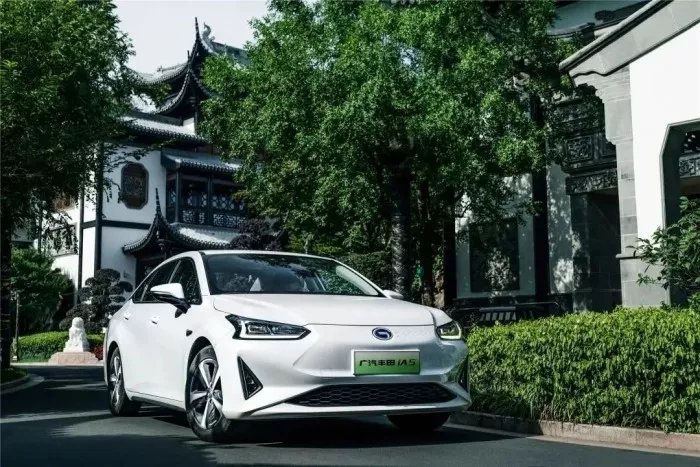
However, although they looked down on pure electricity at that time, they would not be foolish enough to give up the cake of pure electricity. GAC Toyota and GAC Honda took the "tram" of GAC and launched GAC Toyota ia5 and GAC Honda ea6 respectively. Both models are built based on aion s, which can be said to be pure OEM models. At present, the users I meet are basically online car hailing, because compared with the "parent" aion s plus, these two cars have no advantages.
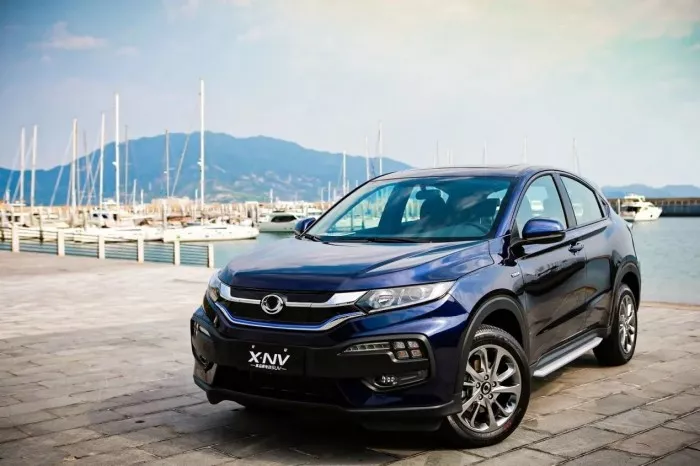
It may be that under the general trend of pure electric development, labeling is really unreasonable, so they launched several models of oil to electricity, but the price is outrageous. The price of the high configuration of the basic fuel version is the starting price of the pure electric version. At the same time, the hardware configuration and vehicle experience have been far behind the pure electric models of Chinese brands. Compared with Tesla, I personally think this is the naked "cutting leek". Fortunately, domestic consumers are not stupid. I haven't seen these "oil to electricity" on the road.
Either not or together
Seeing that the two strategies are blocked at home and Tesla's "wanton expansion" around the world, even the limelight of new forces in China is faster than that of Japanese cars. It's a lie to say it's not in a hurry. No matter how the layout is in the future, what's the future when the hottest position is lost. Japanese cars began to wake up. Recently, Honda's E: NS1 was listed, Toyota's bz4x announced the price, and Nissan's ariya also opened blind subscription, which is still very lively.
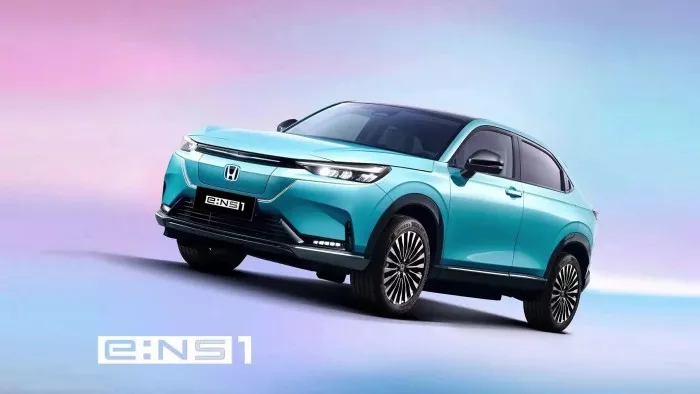
The two "experimental" models m-nv and x-nv launched by Dongfeng Honda in China directly hang Siming's logo, which is enough to show how insufficient the confidence is. This time, we finally got a pure electric model with Honda logo, but I was surprised that E: NS1 didn't publicize its e: n architecture f platform, but focused on handling. Although this approach is very Honda, it seems to show that this platform is not the main focus of architecture pure electric architecture. At the same time, combined with netizens' speculation about e: NS1 oil to electricity, Honda doesn't seem to be fully prepared for the new pure electric platform. If it wants to show all the technology, it may have to look at the E: n architecture w platform behind it.
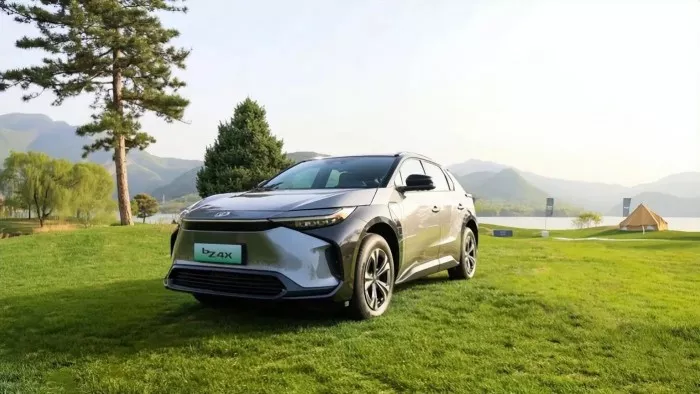
Compared with Honda, Toyota's pure electric platform seems to be easier to come, because tnga has laid the foundation. The platform derived from tnga also has the advantages of this platform, a bit like Volkswagen's MEB platform, which also has the modular advantages of MQB platform. At the same time, Toyota also brought Subaru, and the 4WD system seems to be stable. However, the adaptability of e-tnga platform to pure electric vehicles depends on the actual performance in the later stage. After all, pure electric and fuel are two completely different driving forms.
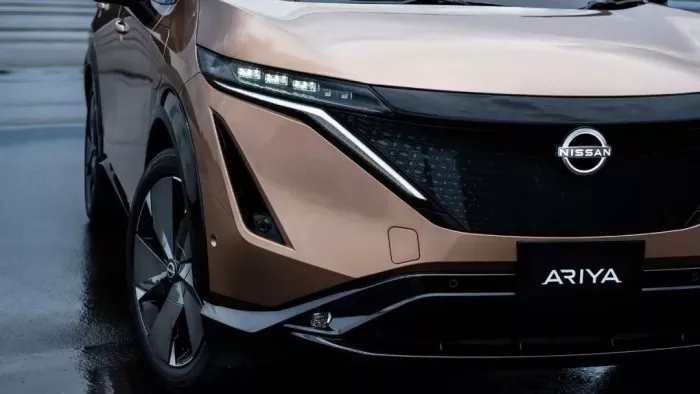
In other words, Nissan, the first Japanese three swordsmen to make a pure tram, actually caught the last bus this time, but Nissan didn't panic. You Toyota pulled Subaru. We also have the Renault Nissan Mitsubishi alliance. The pure electric platform cmf-ev under the alliance is also a modular platform. From ariya's main living room style in the concept car stage, it can be seen that the platform can also maximize space utilization as the goal, We look forward to seeing ariya's advantage after listing.
Can we catch up with the tram built by traditional thinking
A good platform can determine the layout, space and future expansion of new models. However, for consumers, these are still "invisible", but in fact, more candidate cars still believe they can see.
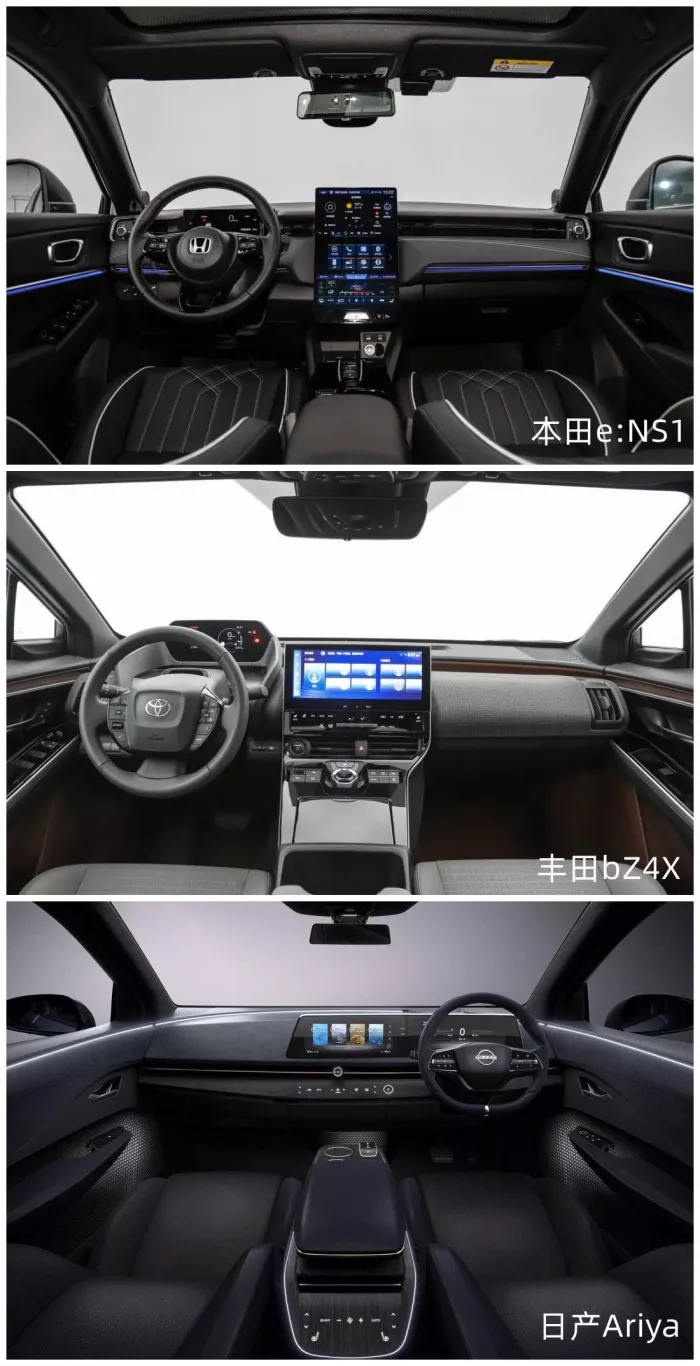
In terms of appearance design, the three companies have made new breakthroughs in electrification. There are different opinions about appearance. Which car do you think is good-looking? You can interact with us in the comment area. At the same time, in terms of interior design, the three models also tried their best to catch up with the trend. As a result Although Honda e: NS1 has the largest 15.1-inch central control screen among the three cars, you can't imagine that this is a brand-new tram with this UI interface. I will vote for Toyota's bz4x for the interior with the most sense of design in the interior of the three cars. There is a sense of vision of fighters, but the "short and thick" central control screen and UI design are really "in the same vein" as Honda, and the sci-fi small instrument screen is almost the level of BYD's models below 150000, but this design coincides with Volkswagen's ID series. Nissan's ariya has no actual exposure of mass-produced models because it is in the stage of applying for drawings in China. However, from the currently known interior, this set of design is still at the level of the previous generation of interior design of ai'an. Therefore, only from the relatively "surface" performance of interior design and vehicle machine interface, it seems that traditional car enterprises have not done pure tram as a new thing, which is a certain gap compared with domestic models that mainly focus on pure electricity.
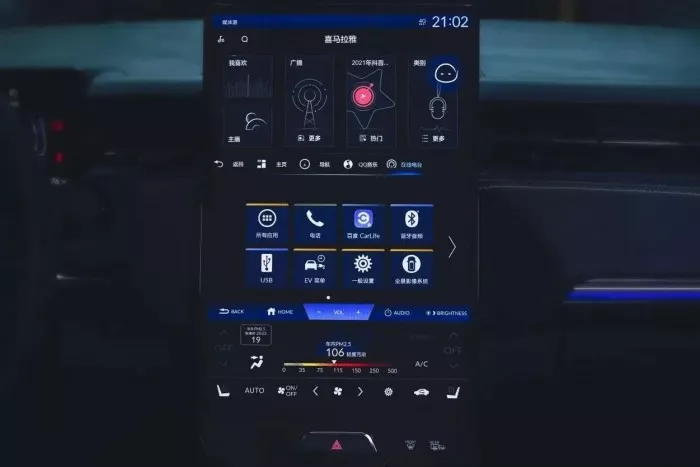
In addition to the UI interface that seems like the last century, the car machine system dominated by the new forces of car making has derived stronger entertainment functions and life attributes. These "fancy" functions in the eyes of people before have become bonus items in the process of car selection. For young people with higher acceptance of the trend, the car is not only a means of transportation, but also an exclusive space of their own, Obviously, in this regard, Japanese cars still haven't kept up with the trend.

Maybe in the thinking of Japanese car companies, electric vehicles are only a means of transportation. It is important to adjust the three electricity and chassis. As for the vehicle machine system and other in car expansion, it is not the just need of consumers. But in fact, in terms of hardware level, since basically all electric vehicles adopt the hardware of those major suppliers, the level is basically equal, so what people can decide to choose is only richer functions and perfect services.
Can it be done without the "soul" of electric vehicles
As mentioned earlier, most of the hardware of pure electric vehicles comes from suppliers, but as the soul of intelligent electric vehicles, many new forces of car making did not hand over, but insisted on their own research and development. This soul is the high-level auxiliary driving system.
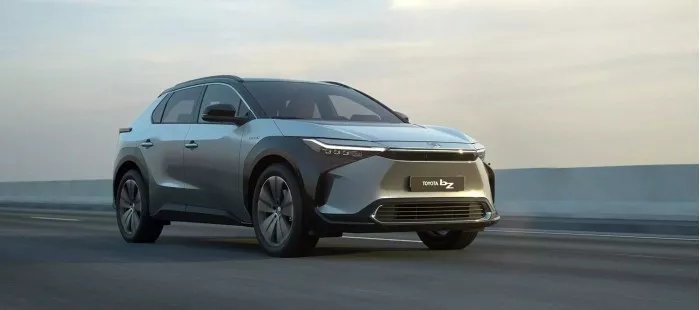
Tesla has FSD, Xiaopeng has NGP and Weilai has NOP. Recently, Zero run C01 also has nap. High-level auxiliary driving is the most basic and necessary condition in the definition of cars in the future. Pure tram has the advantage of higher electrification. At the same time, high-level auxiliary driving is also an important component of consumers' impression of new energy models. In a sense, high-level auxiliary driving is a basic standard to reflect whether the car is "new". It is obvious that these "new" cars of Japanese series have not been done well. At present, what we see is e: NS1's main control, bz4x's main safety, and ariya's main living room. About assisted driving, it is only equipped with adaptive endurance system. Such performance has long been on the same line with the first camp in the field of assisted driving. The powerful self-developed high-level auxiliary driving system is also the reason why the new forces of car making can continue to fight back under the "pressure" of so many traditional car enterprises with technology advantages, and even complete the reversal and transcendence. Because at the present stage, even if the traditional car enterprises develop high-level auxiliary driving, they completely rely on the supplier's system, which will lose a certain autonomy, and there is no need to talk about the specific continuous upgrading and optimization of the brand in the future. And often these detailed optimization is the factor that moves consumers.
In fact, the foundation has not been laid
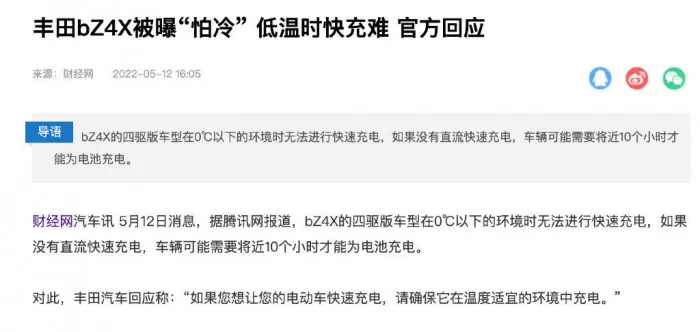
At the same time, Japanese cars have not performed well in terms of charging and endurance, which are most concerned by people who choose pure electric models. Just yesterday, the media exposed the problem of Toyota bz4x's "fear of cold", and Toyota's response was also relatively direct. You know, although the pure tram of its own brand is also an "electric father", it is not so difficult to serve. At the same time, in terms of battery capacity, the largest batteries provided by Honda e: NS1 and Toyota bz4x are 68.8kwh and 66.7kwh respectively. In the case of CLTC, the maximum battery life is only 510km and 615km (note that CLTC, how "virtual" this standard is, we have also popularized science before). Such batteries and battery life have no advantages for models at this price, It is even lower than the current endurance level of independent brands. In terms of current charging conditions, people still need pure electric models with a longer range.
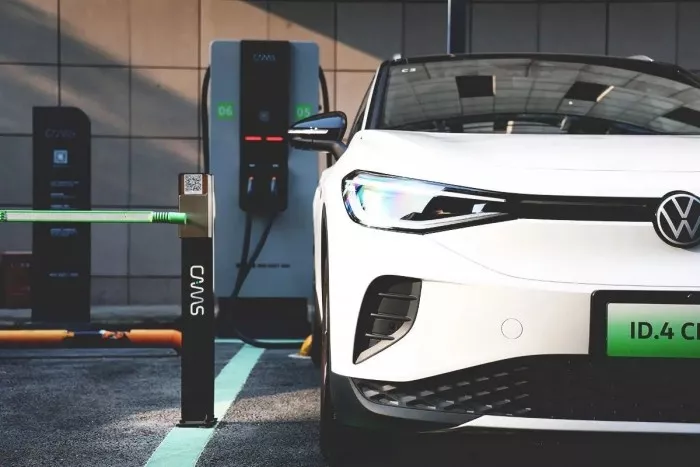
In terms of charging experience, Japanese cars can't take any advantage. At present, new forces such as Tesla, Xiaopeng and Weilai are frantically expanding their overcharge stations. Although at present, pure electric vehicles will generally face the problem of charging difficulty, users with their own overcharge stations are obviously much tougher. At the same time, the overcharge stations in their high-speed service area can also play a strong role in the long-distance travel of pure electric vehicles. Volkswagen's ID series cooperates with Camus, which can be regarded as a complement to this short board. I personally believe that if Japanese cars want to vigorously develop pure trams in the future, they should also adopt a cooperation mode similar to Volkswagen and Camus. However, with the increasing number of overcharge stations, the power capacity of many areas has also been saturated, which leads to the phenomenon of "first come, first served" of overcharge stations in some places. The later the layout is, the more limitations of overcharge stations that can be laid. Therefore, in order to develop pure trams, it is not so simple to build a car. It needs a strong follow-up support ability to make users feel at ease.
We do feel that the Japanese three swordsmen are in a hurry for the pure tram to be listed this time. At the same time, they do come up with some new things. However, in the face of Tesla who has completed the "curve overtaking" and the strong strength of its own brand, the performance of the Japanese pure tram in the intelligent field is obviously too conservative. As a traditional car company and a global car company, their attributes or starting point of a car are completely different from the new forces of domestic car making and Tesla. Their definition is often that we build a car with battery as energy and then attach some systems. Therefore, although these car companies have developed a new pure electric platform, the problem they solve is to change oil to electricity, Therefore, if Japanese cars want to catch up with the last bus of pure tram development, they need to change their ideas and have an accurate understanding of the development of pure electric models.